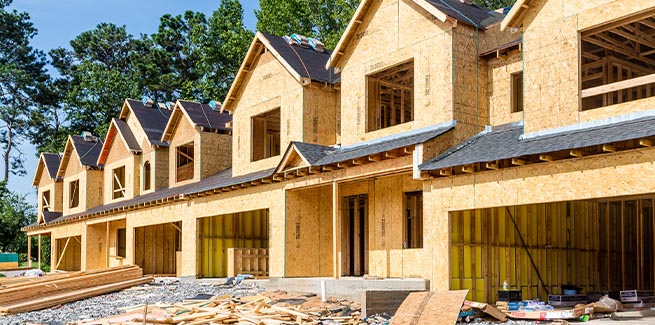According to new figures released by the Australian Bureau of Statistics, household wealth rose across the country during the March quarter by a total of 1.2 per cent, accounting for growth of $173 billion.
The slight uptick over the three-month period has raised Australia’s household wealth to a record $14.9 trillion.
The ABS has said that house prices were a key driving factor in this growth, with residential property assets contributing 1.4 per cent to the quarterly increase.
ABS head of finance Katherine Keenan commented on this housing boost that while the pace of property price growth has started to cool, evident by falls reported across Sydney and Melbourne, other capital cities and regional areas rose, resulting in an overall hike of 1.9 per cent for the country’s house prices.
However, this contribution was largely offset by declines in superannuation balances and household loans, cutting into this upwards momentum by 30 basis points each.
But ABS’ data also reflects that, compared to the start of the pandemic, superannuation balances have grown by 22.5 per cent, said to be due to share markets being upheld by accommodative monetary policy.
In a similar trend, housing also experienced a significant lift, with the ABS reporting a 35.3 per cent bump in residential property prices over the same period.
Further, household wealth in general has grown by 39.9 per cent since the start of the COVID-19 pandemic. Yet, according to this latest quarterly figure, this momentum also appears to be slowing down.
According to the latest figures, household wealth has reported its lowest quarterly growth since March 2020’s loss of 2.2 per cent.
The 1.2 per cent figure is also a dive from the December quarter’s growth of 4.5 per cent, which itself fell from September’s 5.4 per cent figure.
Household demand for credit falls over quarter
Much like household wealth, the demand for credit amongst households reportedly fell during the March quarter, dropping from $53.9 billion to $41.9 billion.
This is the first reported quarterly loss in household credit demand since March 2021.
However, this figure remains substantially higher than what was reported prior to the pandemic.
According to ABS, the demand for credit amongst households during the December 2019 quarter was $19.4 billion.
By contrast, private non-financial business has soared in demand for credit, increasing quarter on quarter by $123.6 billion to reach $153.2 billion.
[Related: Capital city clearance rate continues nosedive]
